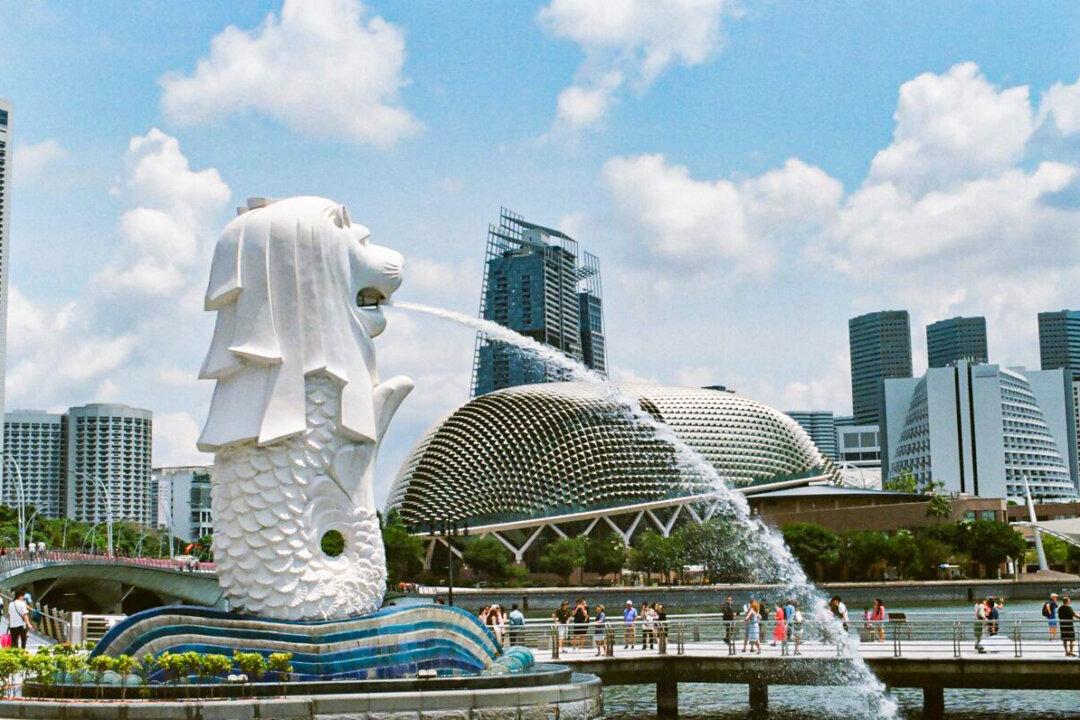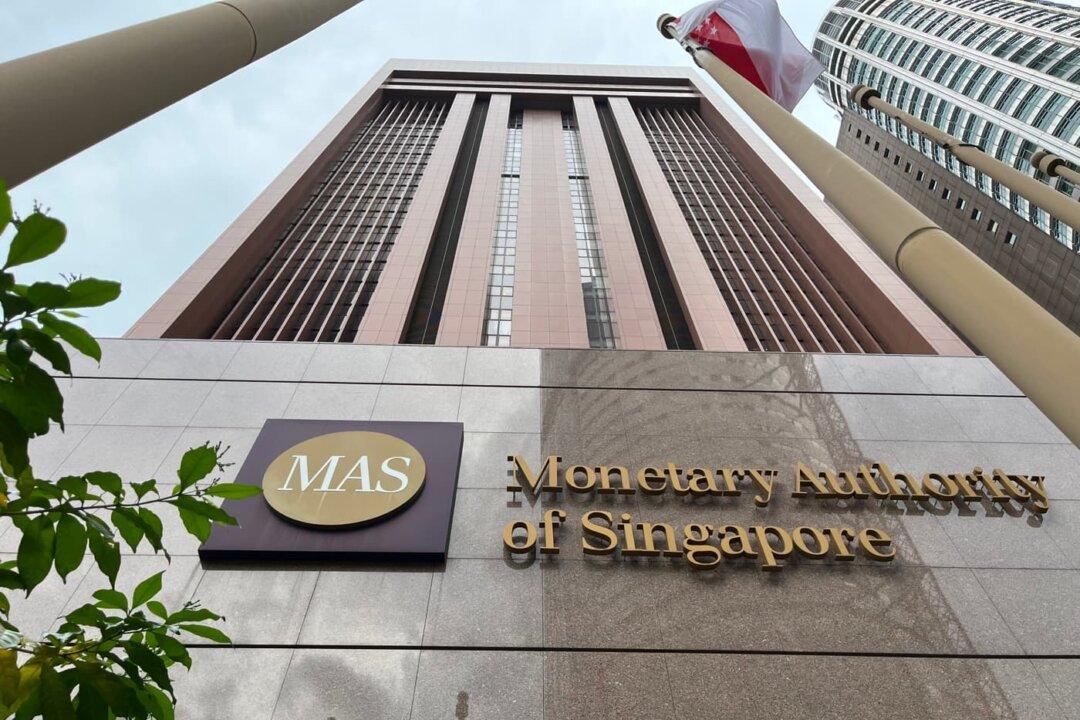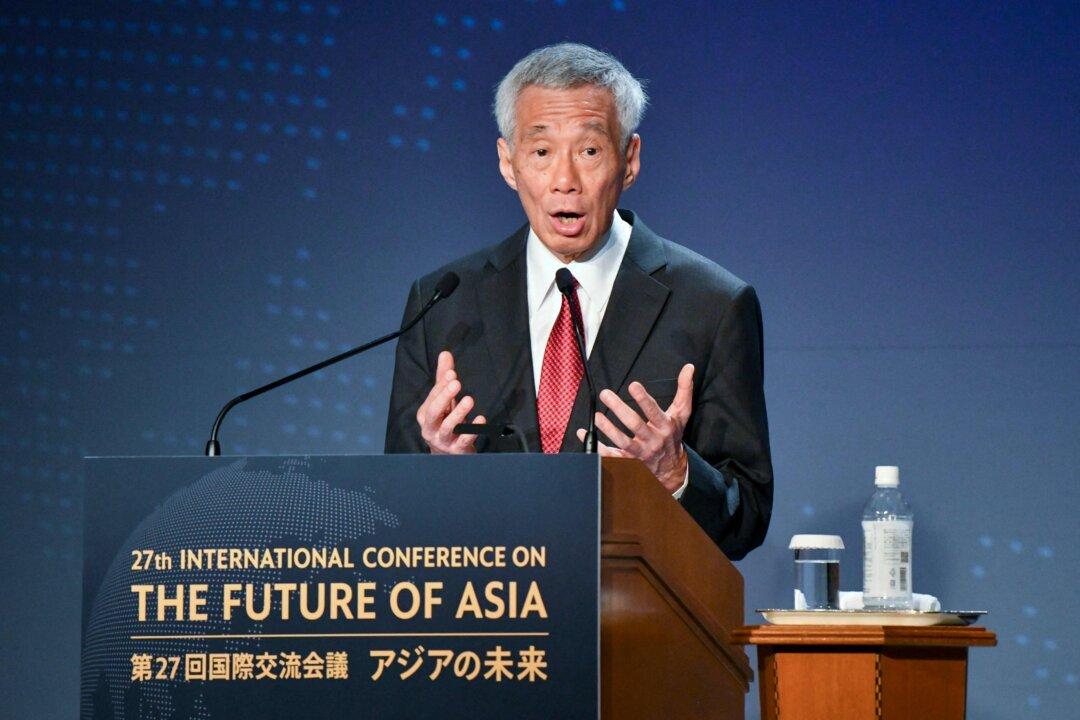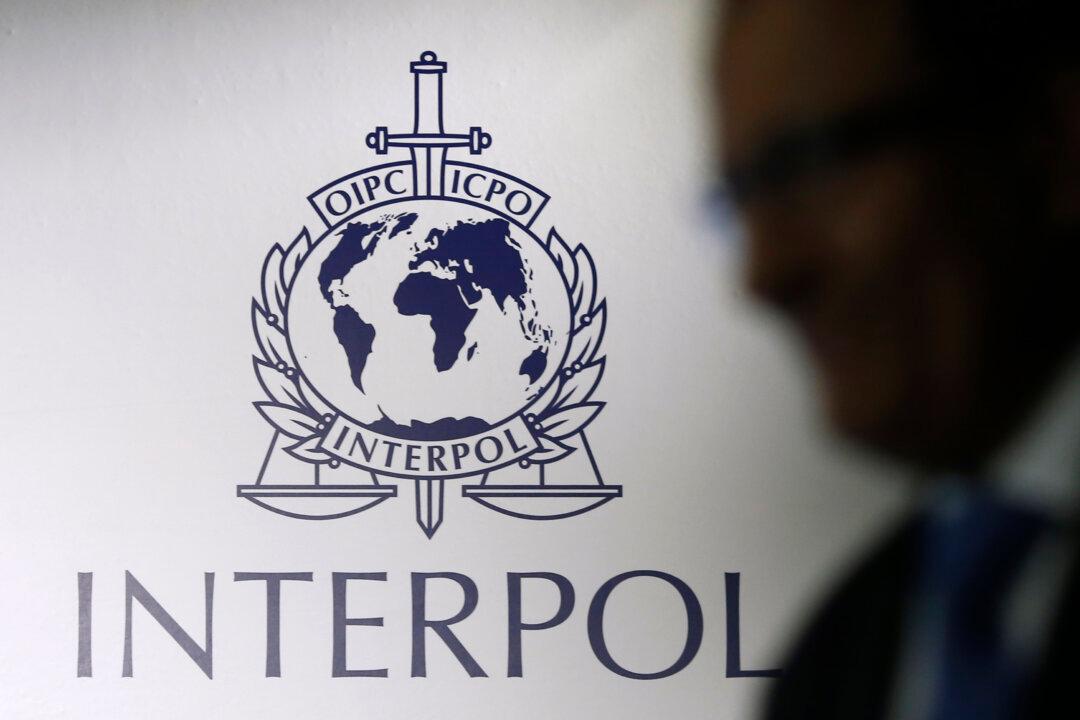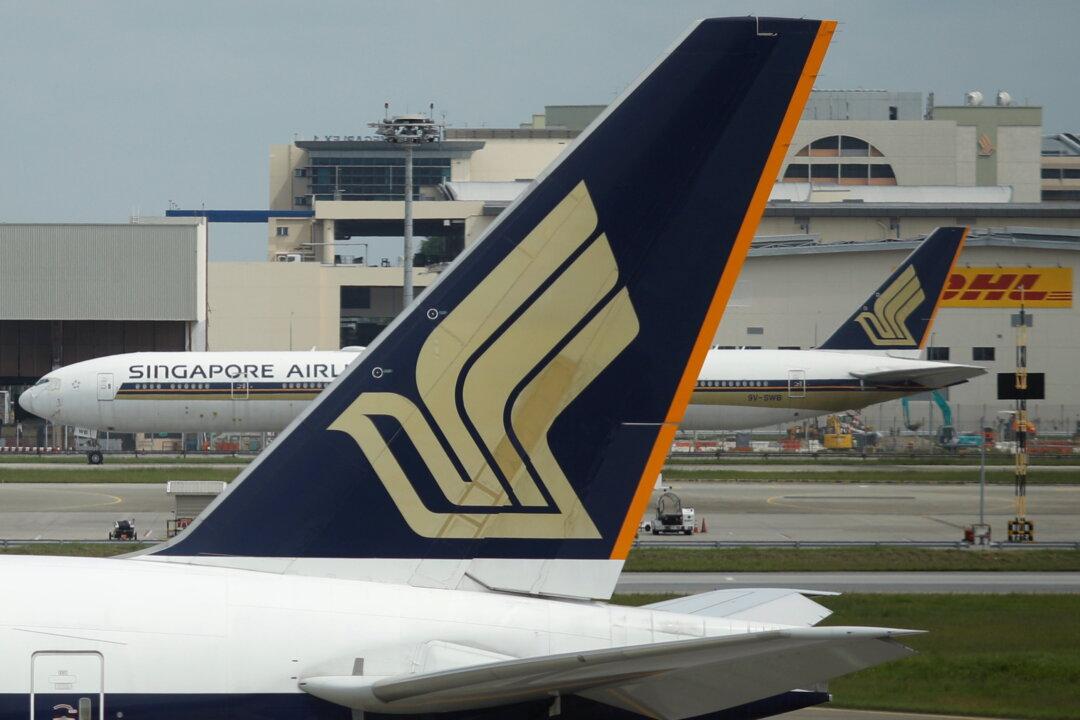Singapore authorities announced that the nation’s pandemic alert status will be lowered from “orange” to “yellow,” with further easing of community and border measures due to improving numbers for daily infections and hospitalizations.
In a press conference on April 22, Health Minister Ong Ye Kung announced that the nation’s Disease Outbreak Response System Condition (DORSCON) level would be lowered to yellow in view of the country’s improving COVID-19 situation.
